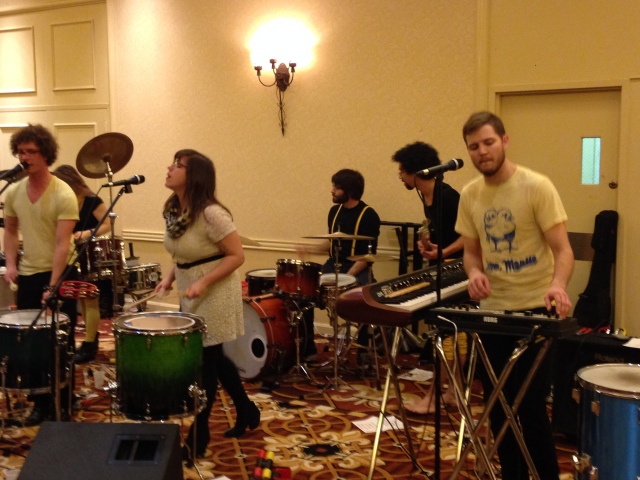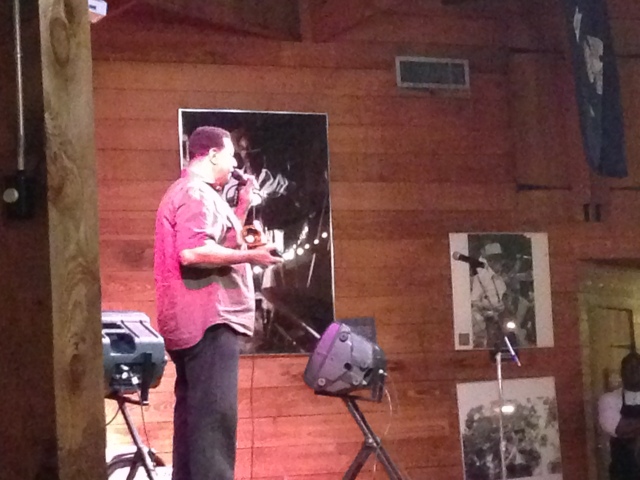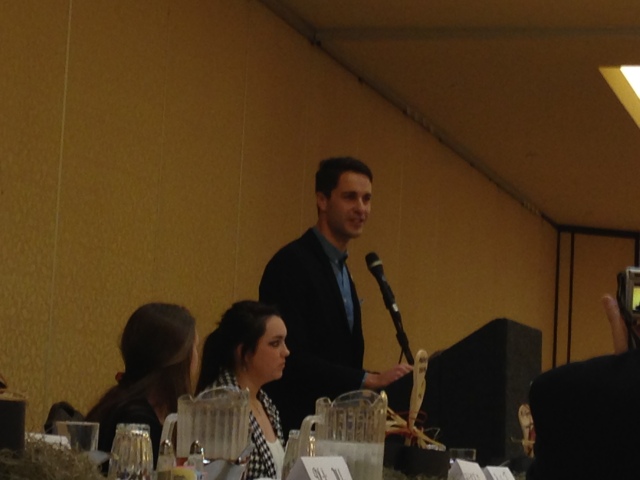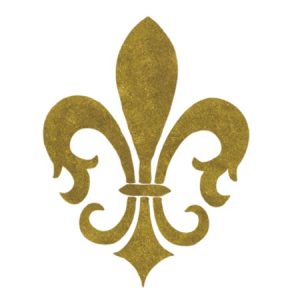I remember sitting with my lunch group during a free period on a steamy August morning in New Orleans. My uniform still had creases in it from my mom’s ironing, and my freshly-minted notebooks had that perfect feeling you only get when you start writing on the first page or two. It was the first week of my sophomore year at Jesuit High School, and I was casually working on math homework and making poker plans for Friday night. I distinctly remember telling my friends, “this year is going to be the year we make everything happen!” Two days later, Hurricane Katrina ravaged my city and my life, and my sophomoric dreams of poker nights and homecomings came screeching to a halt.
Fifteen years later, I never thought I would live another surreal moment like that, one that pulls you in between past and present, before and after, normal and not. In the midst of the worst pandemic any of us has ever seen, COVID-19 has opened the floodgates of my memories to a water-logged New Orleans in 2005, and it seems eerily similar to today.
Just over a month ago, I experienced a similar sensation that will remain emblazoned in my brain forever as the moment of pre- and post-disaster only this time, I was a teacher. That day, I attempted to teach as much as I could on the last day before going into lockdown, and no one truly knew what was going to happen. One of my students, Peter, joked with me as he left my class and said, “See you in April!” At the time, I couldn’t even imagine being gone from school for more than two weeks, so I laughed and said to stop exaggerating. I, of course, still haven’t seen Peter in person since that day.
Both these experiences remain haunted in my mind as a turning point. A moment that everything changed. Just as I will forever remember August 29, 2005, I am sure I will always remember March 16, 2020, the first day our school went online for what seems like an interminable time. In both moments, I find it difficult to remember the life before. When my friends in New Jersey, where I live now, ask me what life was like before Katrina, I honestly don’t know what to tell them. It’s a blur, a hazy daze of nostalgia and of having too much fun during hurricane parties, ignorant of the destruction that would one day come. Today, it feels the same. I try to think back to a pre-coronavirus world, and it seems like a dream. The handshakes I would give my students as they entered my classroom. The hugs I would give my friends after I hadn’t seen them in a while. The trips I would take to see my family back home. It all sinks in, and I ask myself, how was this only a few months ago that everything was normal? Will it ever get back to normal?
The truth is, I don’t think we ever will. We will, however, hopefully return to a better normal. New Orleans never magically transformed to its pre-Katrina population, and some neighborhoods never really came back to the way they were. On the other hand, the city did gain a new sense of solidarity and resilience of which I am so proud. In the months and even years after Katrina, people looked past superficial derisions and helped each other. Residents all over town helped gut houses, bring food to those who needed it, and restart our failing education system all in hopes to bring the city back to its former glory. We relished simple moments like when the Saints returned to the Superdome or when another legendary neighborhood restaurant reopened its shuttered doors. Hurricane Katrina arguably made the city better, and it’s a source of pride and grit and civic duty that I carry with me fifteen years later. It made me who I am today.
I, just like everyone, don’t know when this pandemic will end, and I don’t know what life looks like on the other side of the tunnel. But it’s important to remember that there is another side of the tunnel. The coronavirus isn’t forever, just like the Katrina aftermath wasn’t forever. It may be different and changed on the other side, but it’s there, and we’ll get to it.
After Katrina, my sophomore year was robbed from me, but eventually the city came back, and with it the people and the life did as well. We would see friends we hadn’t seen in months, and with a new appreciation for camaraderie and love for those around us, we would swap stories and reminisce always with the same question. “Where were you after Katrina?” I think this will be similar after the pandemic, except this time we’ll say, “What was the quarantine like for you?”







